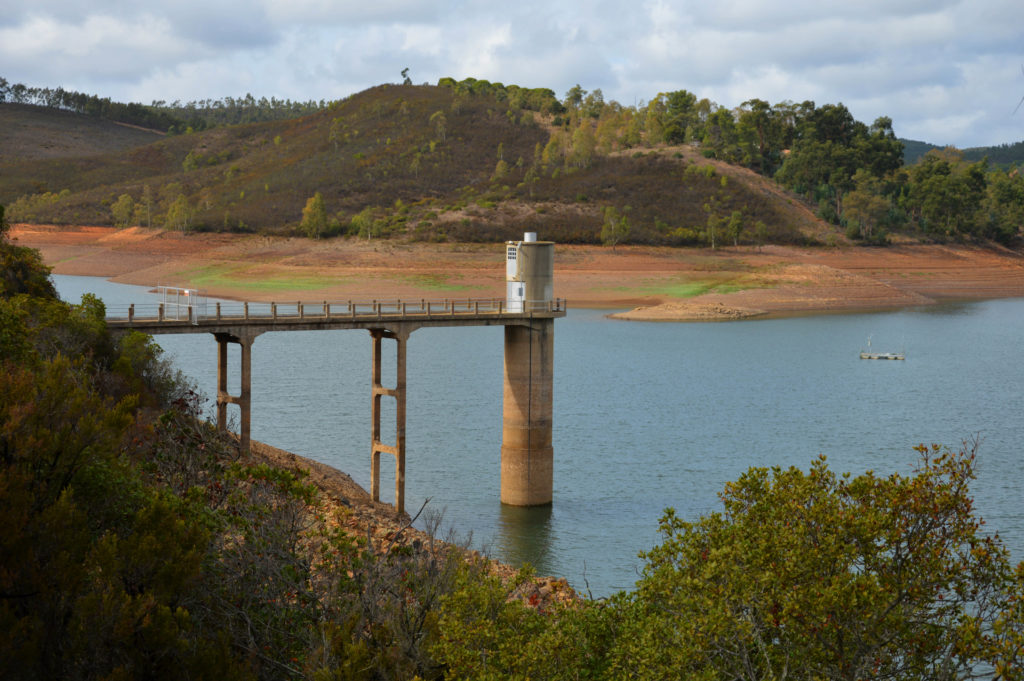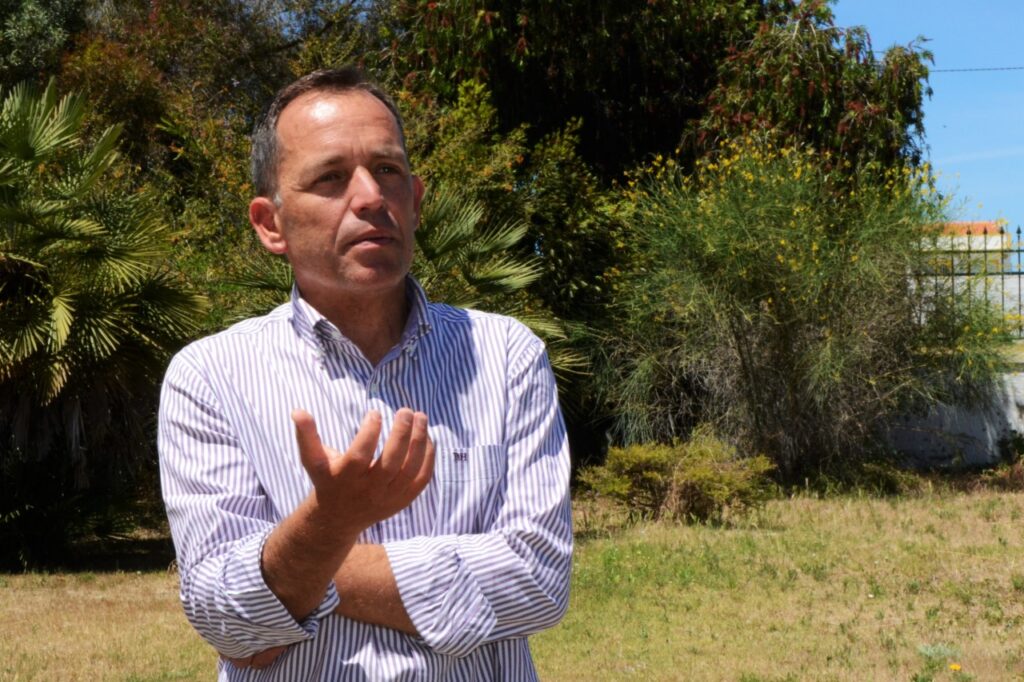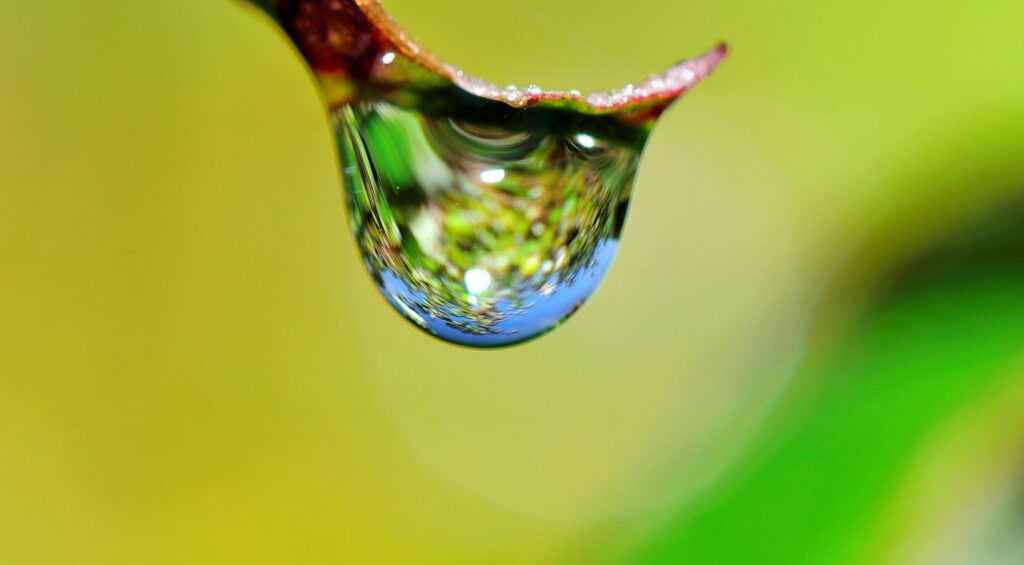Algarve farmers will be able to apply for European support specifically aimed at improving the efficiency of irrigation systems and saving water, under a line that "should be available next year" in the PDR 2020, announced Pedro Valadas Monteiro, Regional Director of Agriculture and Fisheries of the Algarve, on the sidelines of the 2nd Report on the Citrus Fruit Campaign.
DRAPAlg proposed to the managers of this project, «which is working in the transition between one programming framework and the other», the creation of a measure that allows, «in the Algarve, we work with precision irrigation: more efficient systems, possibility of irrigation equipment must be acquired, but also the sensing part, which makes it possible to better control the allocations and apply what the plants really need».
“We also proposed a measure for already installed orchards, which, when they were created, could even use the best technology available on the market, but in the meantime, 10, 15 or 20 years have passed and the equipment has evolved”, he added.
Today, existing technology is “much more efficient. The idea is to create a support line, so that less efficient irrigation systems can be replaced, in whole or in part, by more modern ones, maintaining the orchard».
“The focus here is always on saving water, avoiding introducing more fertilizer than is necessary and, in that way, protecting the environment and saving energy,” sums up Valadas Monteiro.
This support will help in the fight against waste and in favor of the efficient use of water, a “fundamental” objective in the Algarve region.
In addition to this financial aid, which will come from the European Union directly to the farmers' accounts, there are several investments in the pipeline, some already certain, provided for in the Recovery and Resilience Plan (PRR), the so-called “bazooka”, others still in the countryside of desires.
«DRAPAlg, as part of the preparation of the National Irrigation Plan, which will define the new irrigated areas for the next 15 years, commissioned by the Ministry of Agriculture to EDIA, made a proposal for the Algarve, in order to make the transition from excessive use of groundwater for surface water, as well as private irrigation for the collective», said the regional director of Agriculture.
"For this, we proposed that two inflatable dams be built, that is, mobile, that allow us to regulate the ecological flows and even avoid flooding situations, located in two streams: the Foupana and the Monchique", he added .
This solution, unlike the Foupana dam – which in the view of this official “would be ideal”, but which “would hardly be accepted” -, “both from an environmental and cost point of view, is much more easily approved”.
The objective is to allow, with this reinforcement, «which will be in the order of 25 to 30 hectometers per year», to increase the area of the Algarve infrastructured with collective public irrigation, based on surface water, «so that we can disconnect boreholes and lower pressure on aquifers'.
"In this way, we defend the aquifers themselves, as we know that they have more difficult recharge times and that some of them have serious problems in terms of quality, namely physical-chemical, but also in terms of quantity, which leads to a risk of saline intrusion», highlighted Pedro Valadas Monteiro.
In addition to these measures, there are those already provided for in the PRR, which, in addition to increasing water availability, include a connection between Pomarão and the Odeleite Dam and the construction of a desalination plant on the coast, as well as saving water , in urban and agricultural systems.

“In terms of the “bazooka”, agriculture has a financial envelope of around 17 million euros. There is a part that is for the remodeling and modernization of the hydro-agricultural developments that already exist, mainly the one that has practically not had a fundamental intervention, which is Alvor».
This irrigation system, based on the Bravura dam, «has problems with water losses and a gravitational system, which is much less efficient. It is not on demand, like the others, that they work with pressure».
Further on, and within the scope of the future 2021-2027 programming framework, «the Commission for Regional Coordination and Development, which manages the regional Operational Program, proposed the creation of an Integrated Territorial Intervention, in which we [DRAPAlg] also have been involved, either in the genesis of the idea, or through a team of consultants who are working the measure».
«The idea is, through plurifund financing [from the European Union], to support the preservation of the Algarve's traditional landscape, both productive and non-productive, such as walls, terraces, etc., as well as water points that existed, namely the small weirs, the ponds'.
One of the objectives is “to create several of these water points, these small reservoirs, because they are essential to maintain traditional agriculture, but also to support fire fighting”.
The project also integrates «a mobilizing agenda for water and energy, for the development of the Algarve and Alentejo», which involves public entities, including local authorities, companies and academia, from which it is hoped that technological solutions will emerge «that allow, from the outset, to save water, but also to make the energy transition».
There is also an environmental component, “through the restoration of ecosystems, combating invasives and the regeneration and protection of the soil”.
Finally, this project includes the aspect of digitization, in order to allow, for example, «the early detection of leaks, telemetry for the automatic transmission of consumption and integrating information that is dispersed – satellite images, data from agrometeorological stations, sensing stations on the plots – to be more efficient, save water and reduce the costs of the entire system».




















Comments